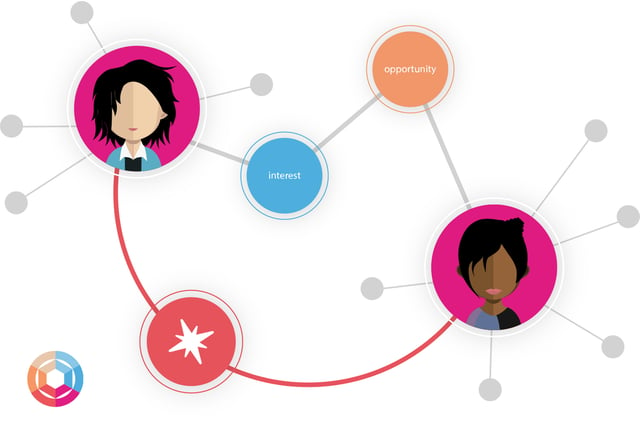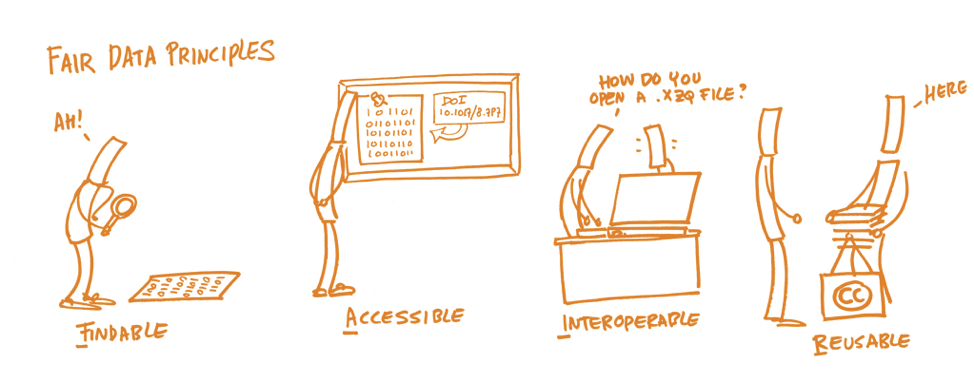
Innovation relies on new perspective. We’ve found there are two ways to get that: collaboration and data. Either one can free our attention from the daily productivity push and spur an innovation.
That’s why the best innovation management software needs to utilize data, not just ideas.
Data Leads to New Perspective and Innovation
Researchers at a public health NGO are trying to eradicate dengue fever. They are investigating the possibility of spraying insecticides to kill mosquitoes. So one of them sits down at their organization’s knowledge-management application and does a search about prior research.
The software understood they were looking for mosquito-spraying research, but it knew enough to suggest they look into a different project focused on oral contraceptives. They can now collaborate and pursue parallel solutions.
The researchers had an idea, spraying for mosquitoes to stop dengue fever. The common data elements of mosquitoes and dengue led to new perspective on potential solutions.
Innovation Management is More Than Idea Management
Most innovation management software treat the two as synonymous (as does a google search, as a result). The do well at collecting, culling, and pushing ideas forward. It’s a pipeline, designed to show productivity based on a new idea.
Innovation, however, requires lateral movement, inspired by new perspective. Data illuminates context, detail, unknown unknowns, history, and implicit assumptions. So smart people find useful overlaps and new ideas.

Findable, Accessible, Interoperable, Reusable (FAIR)
Data is an essential stepping-stone for innovation. That means knowledge management is an essential part of innovation management software. Ideally data are findable, accessible, interoperable, and reusable, a.k.a. FAIR.

Image:https://book.fosteropenscience.eu/
FAIR data standards, however, are not always feasible for data inside an organization, let alone for sharing them outside. Especially when it comes to healthcare, finance, or other highly proprietary verticals, knowledge management strategies can be tuned to sharing select data to create new perspective, without having to be 100% FAIR.
Anonymized data may be a viable alternative for making connections that lead to innovation. Even just metadata can do the job. A physician and an astronomer famously (well, not that famously) discovered that MRI software could be used to look at nebulae, just by understanding the type of data they each worked with.
Comments